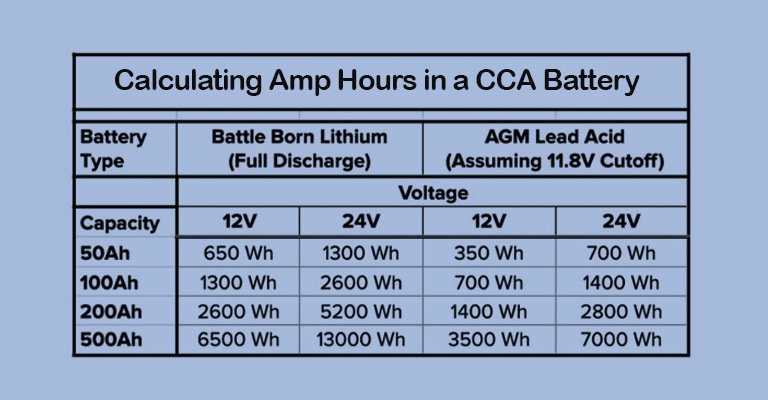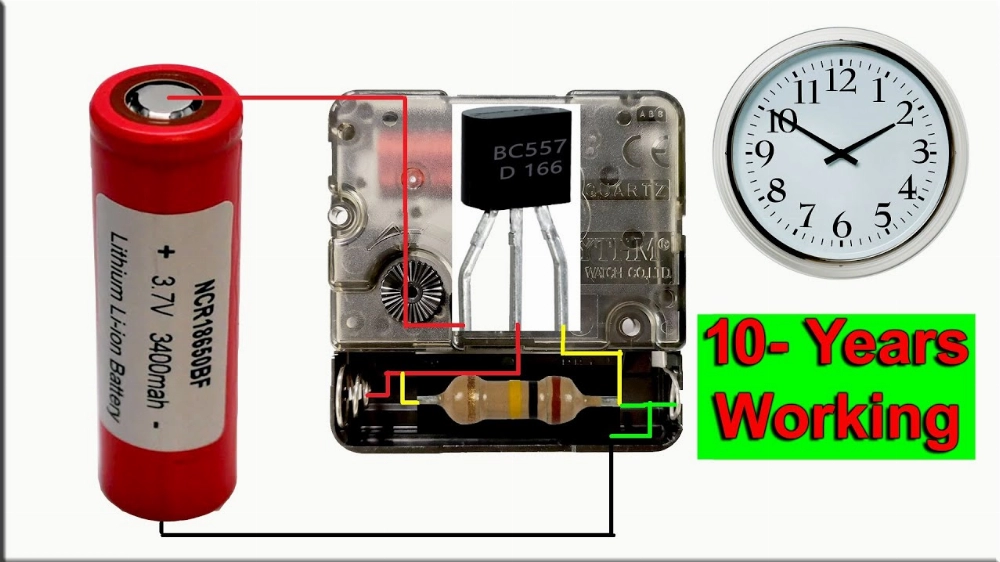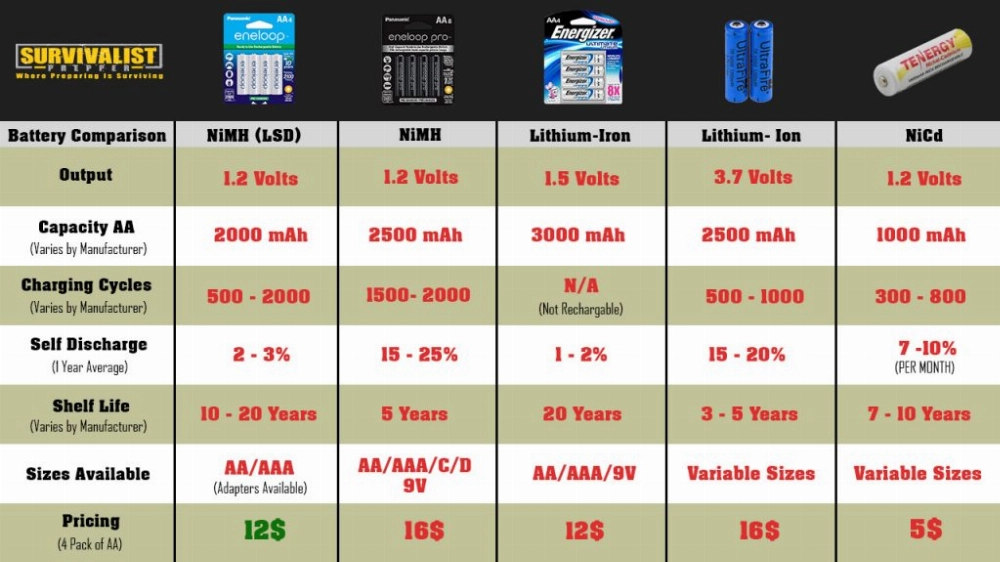Rechargeable Vape Battery Life: What You Need to Know
Rechargeable vape batteries are a vital component of vaping devices, providing the necessary power to produce vapor. Understanding the lifespan of these batteries and the factors that influence it is essential for all vape users. Whether you’re a casual user or a dedicated enthusiast, proper care can extend the life of your battery and ultimately improve your vaping experience. This guide explores the lifespan of rechargeable vape batteries, key factors significantly affecting their longevity, and best practices for maintaining them.
Part 1: Understanding Rechargeable Vape Batteries
Rechargeable vape batteries are typically lithium-ion batteries, known for their efficiency and durability. These batteries are available in various sizes, measured in milliampere-hours (mAh), which indicates their capacity. Generally, a higher mAh rating translates to a longer battery life, providing more usage on a single charge.
The battery provides power to the heating element, which vaporizes the e-liquid to produce vapor. The quality, capacity, and usage habits all influence the battery’s lifespan.
Part 2: Expected Lifespan of a Vape Battery
Generally, a rechargeable vape battery can last anywhere from 6 months to 2 years. A battery’s lifespan is typically between 300 and 500 charge cycles. After this number of cycles, you may notice a decline in performance, such as reduced vapor production or shorter usage time on a single charge.
Battery Cycle Explained
A battery cycle refers to the process of charging a battery from 0% to 100% and then discharging it fully. It’s important to note that partial charges and discharges also contribute to the cycle count. For example, if you use 50% of the battery’s capacity and then recharge it, that counts as half a cycle. Understanding this concept allows you to optimize your battery usage.
Part 3: Factors Affecting Vape Battery Life
Several factors can significantly affect the lifespan of a rechargeable vape battery:
Battery Quality
The quality of the battery is paramount. High-end vaping devices typically use higher-quality, more durable batteries with more reliable performance. In contrast, cheaper batteries tend to have shorter lifespans and may pose safety risks.
Usage Habits
The way you use your vaping device can greatly affect battery life. Frequent use, longer draws, or vaping at higher wattages (power settings) will drain the battery faster than occasional use or shorter draws.
Environmental Conditions
Extreme temperatures can negatively impact battery performance. High temperatures can cause the battery to expand or even leak, while low temperatures can reduce battery capacity and runtime. Storing your battery in a temperature-stable environment is crucial for optimal battery health.
Charging Habits
Proper charging habits are key to extending battery life. Overcharging, using mismatched chargers, or leaving the device plugged in after it’s fully charged for extended periods can all contribute to battery degradation. Always use the charger that came with your device or one recommended by the manufacturer.
Part 4: How Usage Habits Impact Vape Battery Life
Here are some usage patterns that can affect battery life:
- Frequent Use: Frequent vaping or longer draws accelerate battery drain.
- High Wattage Settings: Using higher wattage settings puts more strain on the battery, causing it to deplete quickly.
- Constant Activation: Frequently pressing the firing button or activating the device will accelerate battery drain.
Part 5: Signs Your Battery Needs Replacing
Knowing when to replace your vape battery is crucial for optimal performance and safety. Some common signs that it’s time for a new battery include:
- Decreased Performance: If your device produces less vapor, or if the battery life has noticeably shortened, it may be time to replace the battery.
If you are interested in learning more about battery life and best practices, including a comparison of lithium-ion batteries with AGM (Absorbent Glass Mat) batteries, you can check out our Lithium Battery vs AGM Guide.
Vape Battery Maintenance and Tips: How to Keep Your Device Running Well
Part 1: When Your Vape Battery Needs Replacing
Identifying when your vape battery needs replacing is crucial for ensuring safe and reliable performance. Here are the key signs to watch out for:
- Decreased Vapor Production: If you notice a significant decrease in vapor production, may indicate that your battery is weakening.
- Not Heating or Producing Vapor: When your vape device fails to heat up or produce vapor, may be a sign that the battery is low or depleted.
- Battery Drains Faster: If your battery drains unusually quickly, even after a full charge, it’s time to replace it.
- Physical Damage: Any signs of physical damage, such as swelling, leaking, or breakage, mean you should replace the battery immediately.
Part 2: Ways to Extend Your Vape Battery Life
To ensure your vape battery lasts as long as possible, follow these tips for proper care:
- Avoid Overcharging: Once your vape device is fully charged, unplug it promptly to avoid damaging the battery.
- Store Properly: When not in use, store your vape battery in a cool, dry place away from extreme temperatures or direct sunlight.
- Use the Correct Charger: Always use the charger that came with your device or one specifically designed for your battery type.
- Keep Connections Clean: Regularly clean the battery connections to ensure good contact and efficient charging.
Part 3: Best Practices for Charging Your Vape Battery
Proper charging techniques can help extend the life of your vape battery. Follow these best practices for optimal results:
- Use the Original Charger: Always use the charger specifically designed for your device to ensure safe and efficient charging.
- Avoid Overnight Charging: Charging your device overnight can lead to overcharging, which may shorten the battery’s lifespan.
- Monitor Charging: Pay attention to the charging process and unplug the device once it’s fully charged to prevent overcharging.
Part 4: Common Misconceptions About Vape Batteries
There are several common misconceptions that can lead to improper handling or maintenance of your vape battery. Here are a few things to be aware of:
- All Batteries Are the Same: Not all vape batteries are the same. Different devices require different types of batteries, and using the wrong battery can lead to performance issues or safety concerns.
- Batteries Last Forever: While some batteries last longer than others, all rechargeable batteries will eventually need to be replaced as they have a limited lifespan.
- It’s *Not* Safe to Use a Damaged Battery: It is dangerous to use a damaged battery. Always replace any battery that shows signs of wear, swelling, or leaking to avoid safety hazards.
Part 5: Frequently Asked Questions
How can I tell if my vape battery is dead?
When a vape battery is dead, you may notice decreased vapor production, an inability to heat up, or the battery indicator showing low or no charge.
Can I use any charger for my vape battery?
No, it’s essential to use the charger that came with your vape device or one specifically designed for your battery type. Using an incompatible charger can be dangerous and may damage the battery.
What happens if I overcharge my vape battery?
Overcharging can damage the battery, shorten its lifespan, and create safety hazards such as overheating or even fire.
How do I maintain my vape battery?
To maintain your vape battery, clean the connections regularly, avoid exposing it to extreme temperatures, and follow proper charging practices.
Is it safe to use a damaged battery?
No, it is dangerous to use a damaged battery. Always replace damaged batteries to prevent overheating or other safety issues.
Related Tags
- KHZH
- Vape Battery Maintenance
- Vape Device Tips & Tricks
Lead-Acid vs. Lithium-Ion Batteries: What’s the Real Difference?
Lithium-ion jump starters are a fast and reliable solution for jump-starting dead car batteries. In this comparison, we’ll analyze how it compares to traditional lead-acid batteries.
How to Safely Clean Corroded Battery Terminals: A Step-by-Step Guide
This comprehensive guide will walk you through the risks, safety precautions, and effective cleaning methods for safely cleaning corroded battery terminals.
Portable Battery Charger vs. Power Bank: What’s the Difference?
A portable battery charger refers to a device that can charge electronic devices on the move. A power bank, on the other hand, stores electrical energy in a battery, allowing you to charge devices anywhere without a power source.
The Ultimate Guide to Using a Lithium-Ion Jump Starter
A lithium-ion jump starter is a must-have for car emergencies. Covering usage, safety, and maintenance, this ultimate guide shows you why it’s a smart investment for your vehicle.








